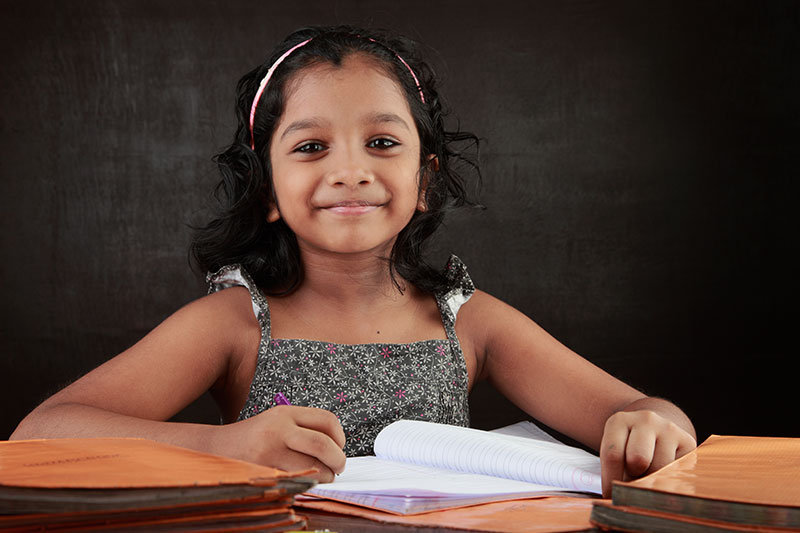Every year since 2009, January 24 is observed as the National Girl Child Day with the objective of generating more awareness about the inequalities faced by the girl children in India. It is an occasion to once again pledge to provide all the girls in the country with equal opportunities they deserve in all areas in life such as education, employment, financial security and much more. It is also a day to pledge to protect them from prevalent social evils. On this occasion, we’ve rounded up some insightful statistics on India’s girl children.
1.Even today in many rural areas, girl children become the victims of child marriages. The Thomson Reuters Foundation which is the philanthropic arm of the Reuters media company released a study on June 27, 2018 stating that India has many child brides in the world and around a third of all girls are married before their 18th birthday.
2.According to the UNICEF, one in every three child brides in the world is a girl child in India.
3.While in urban India, education and empowerment of the girl child is not so much an issue, in rural areas of the country illiteracy among female children is still a concern. According to the National Commission for Protection of Child Rights’ (NCPCR) report in 2018 around 39.4 percent of adolescent girls in the 15-18 age group are not enrolled in any educational institution, and a vast majority of around 65 percent of them are either engaged in household chores, are dependents, or are engaged in begging.
4.The eleventh Annual Status of Education Report (ASER 2016) released in New Delhi on January 18, 2017 by Pratham Education Foundation revealed that in some Indian states the proportion of girls belonging to the age group of 11-14 who are out-of-school remained greater than 8 percent. These states were Rajasthan (9.7 percent) and Uttar Pradesh (9.9 percent). Joining them in 2016 was Madhya Pradesh (8.5 percent).
5.The prime minister of India launched an initiative known as Beti Padhao Beti Bachao yojna in January 2015 to stop girl foeticide and to promote education among girl children. The scheme has delivered positive results so far.
6.In order to empower the girl child, there are several schemes in the country such as Rajiv Gandhi Scheme for Empowerment of Adolescent Girls initiated in 2011 to provide vocational training and skill development for out-of-school adolescent girls.
7.The Women and Child Development Ministry scheme called “Dhanalaksmi” helps in cash transfer to the girl child’s family in order to help the parents fulfill their basic needs such as immunisation, school enrollment and education till class VIII.
8.Also the Right to Education Act enables in providing free and necessary education to the girl child.
